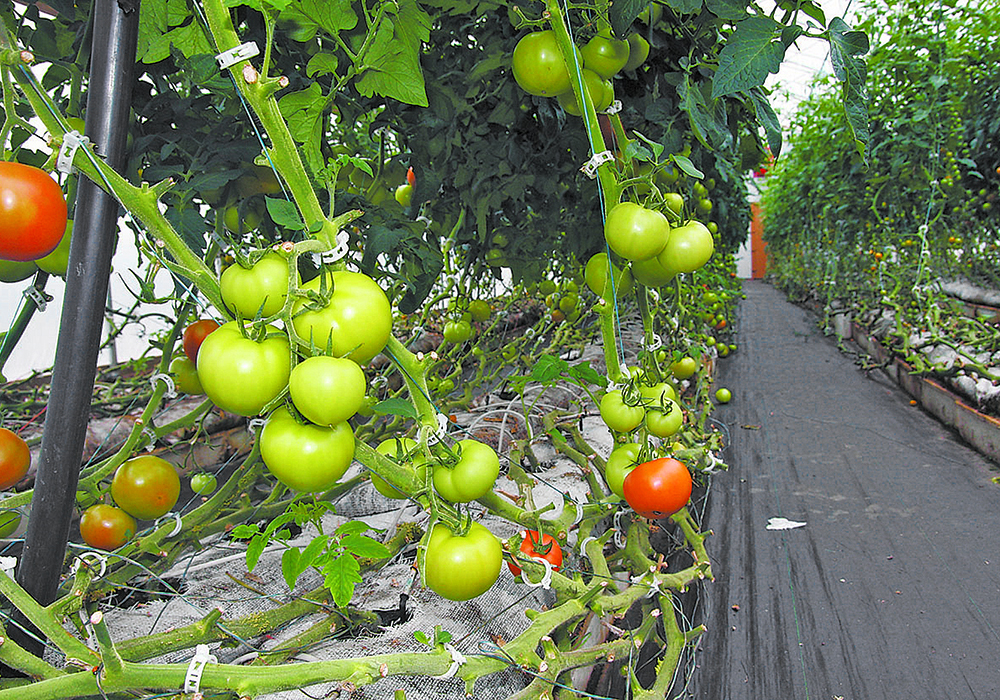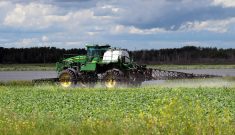We’ve looked at crop plants in every conceivable way but have we ever just listened?
A research team led by Lilach Hadany at Israel’s Tel Aviv University in Israel has done just that. Plants may be quiet to human ears, but at ultrasonic frequencies, the team found that tomato and tobacco plants in their greenhouse study gave off “clicks” or “pops” that increased when the plants were short on water or cut.
“We developed machine learning models that succeeded in identifying the condition of the plants, including dehydration level and injury, based solely on the emitted sounds,” the researchers wrote in their paper in the journal, Cell.
Read Also

Agritechnica Day 3: Hybrid drive for a combine, data standards keep up to tech change and tractors of the year
Agritechnica 2025 Day 3: Hybrid drive for a combine, data standards keep up to tech change and tractors of the year.
Plants have a range of responses to their environments. This can be simple wilting in response to drought or changing leaf colour or shape in response to a lack of nutrients. Many plants give off volatile organic compounds when exposed to drought or herbivores. Some plants even give off compounds that attract the predators of insects that are eating them — a kind of chemical “call in the cavalry” signal.
But according to the Israeli researchers, little attention has been devoted to listening to the sounds plants make, something called plant bioacoustics.
The team measured soil moisture in each pot while also recording the plants sounds. To isolate the plant sounds, they first placed some in an acoustic box that blocked out all other sounds, then made recordings in the empty greenhouse to pick up background noises such as air and water circulation. They fed both sets of recordings into their machine learning tools.
“After filtering out the background noises based on our model’s classification, the number of plant sounds per hour of recording was highly indicative of the plant’s condition, distinguishing drought-stressed plants from control plants,” they wrote. Using sounds alone, they could tell if a plant was drought stressed with 85 percent accuracy.
The researchers also did a small survey of other crops, including wheat, corn and grapes and found they also produced sounds of their own.
From a practical standpoint, the ability to listen to plants could offer another valuable way to monitor crops.
“Plant sound emissions could offer a way for monitoring crop’s water and possibly disease states—questions of crucial importance in agriculture,” the researchers wrote, pointing out that more precise irrigation can cut water use in half while increasing yields – an important boon for both food security and ecology in the face of climate change.















